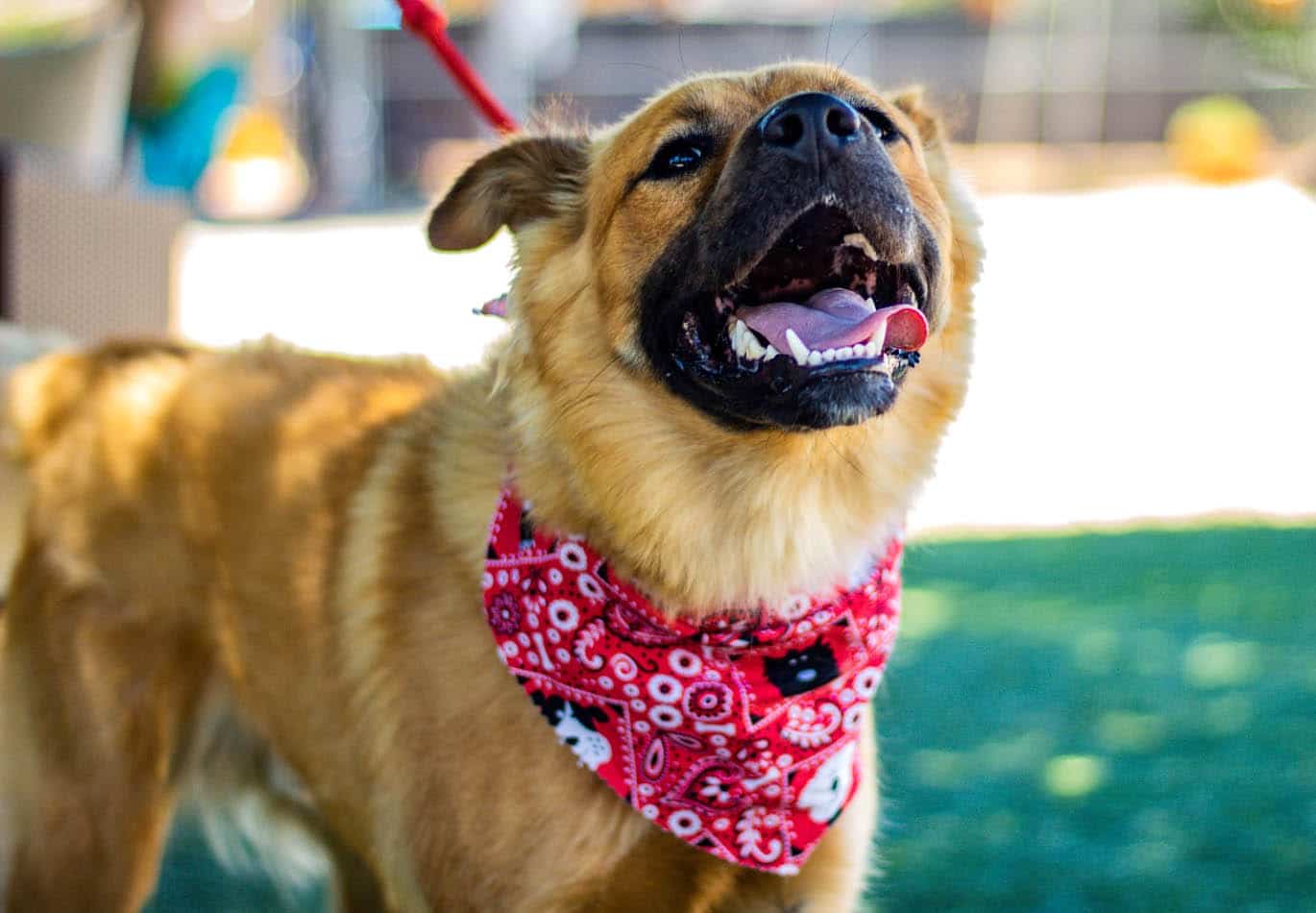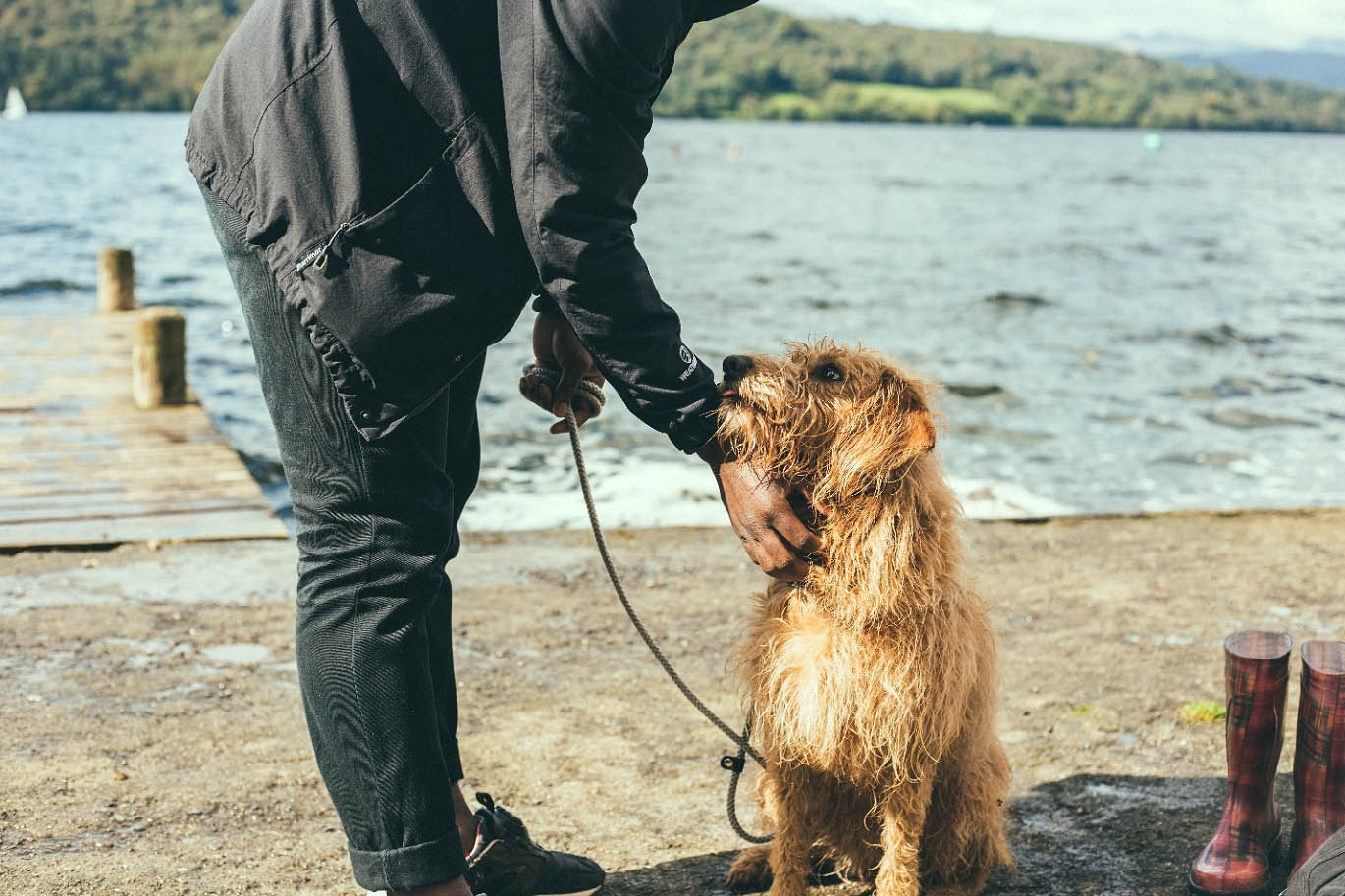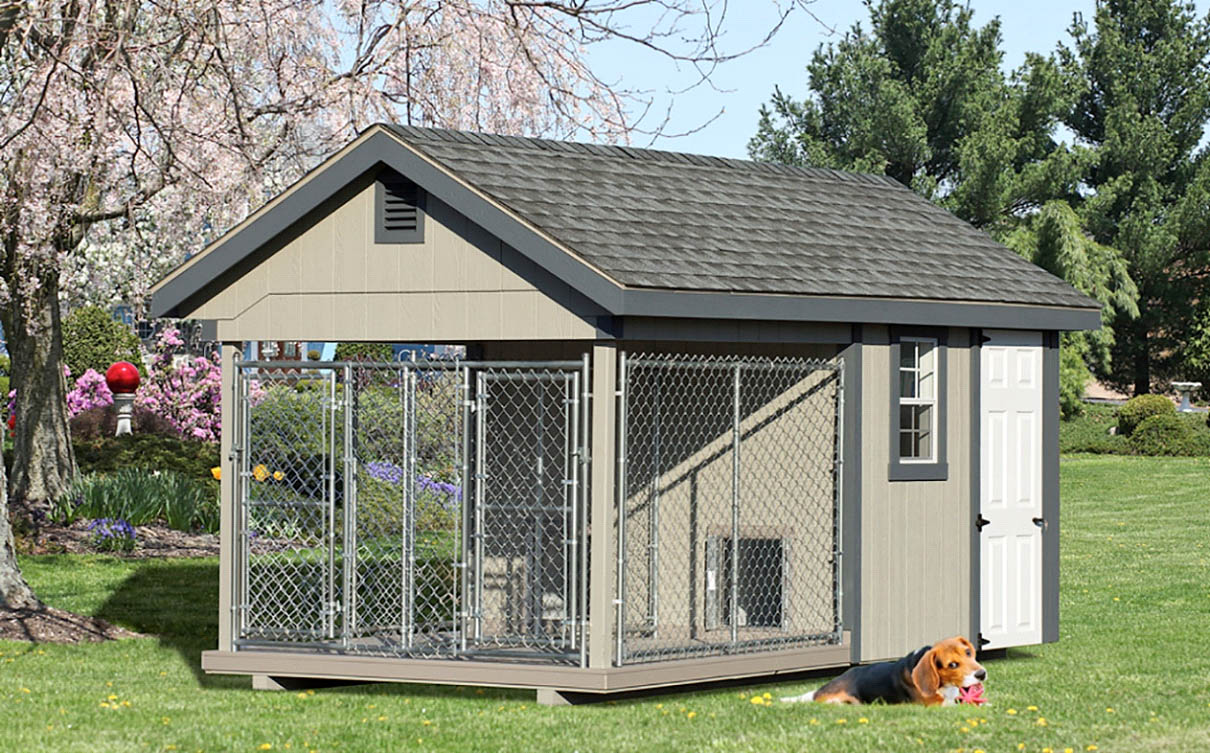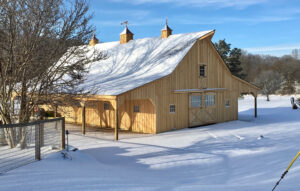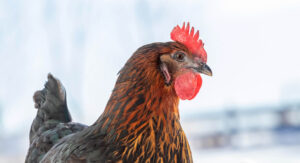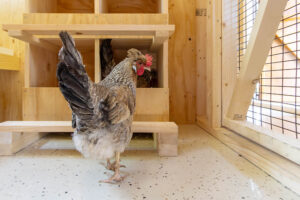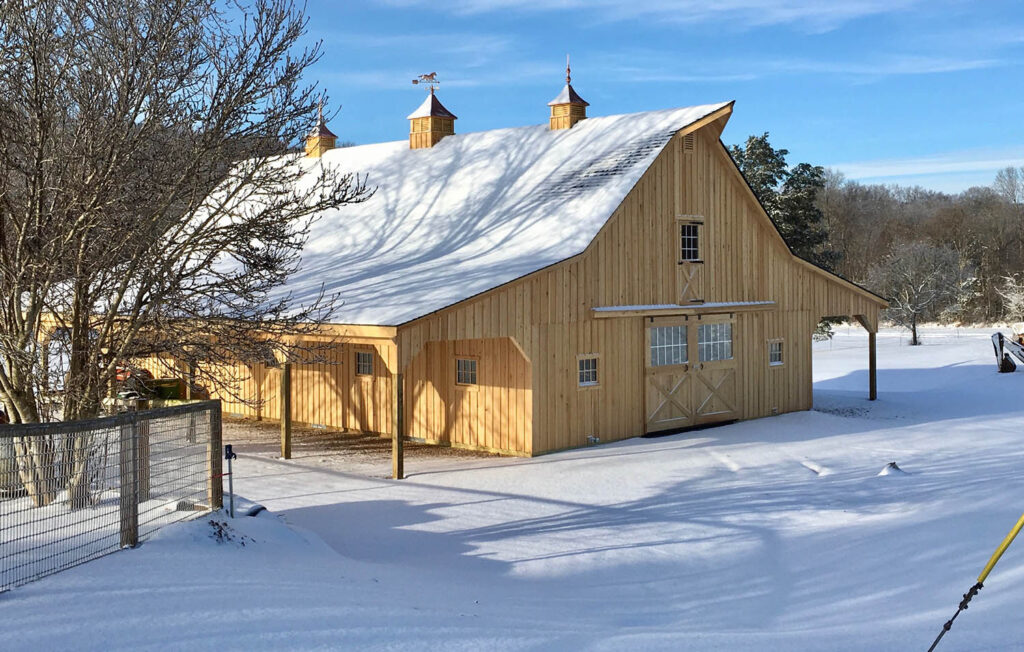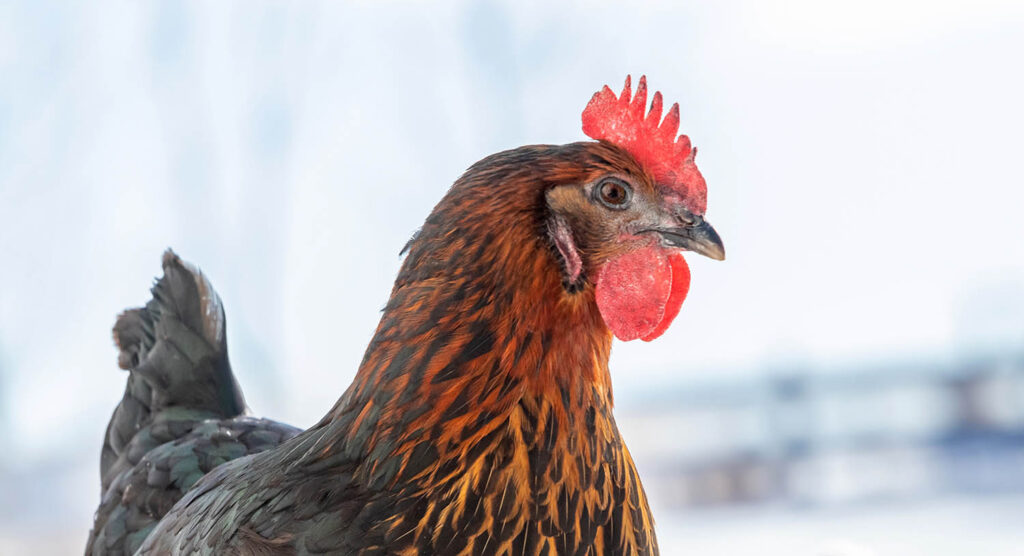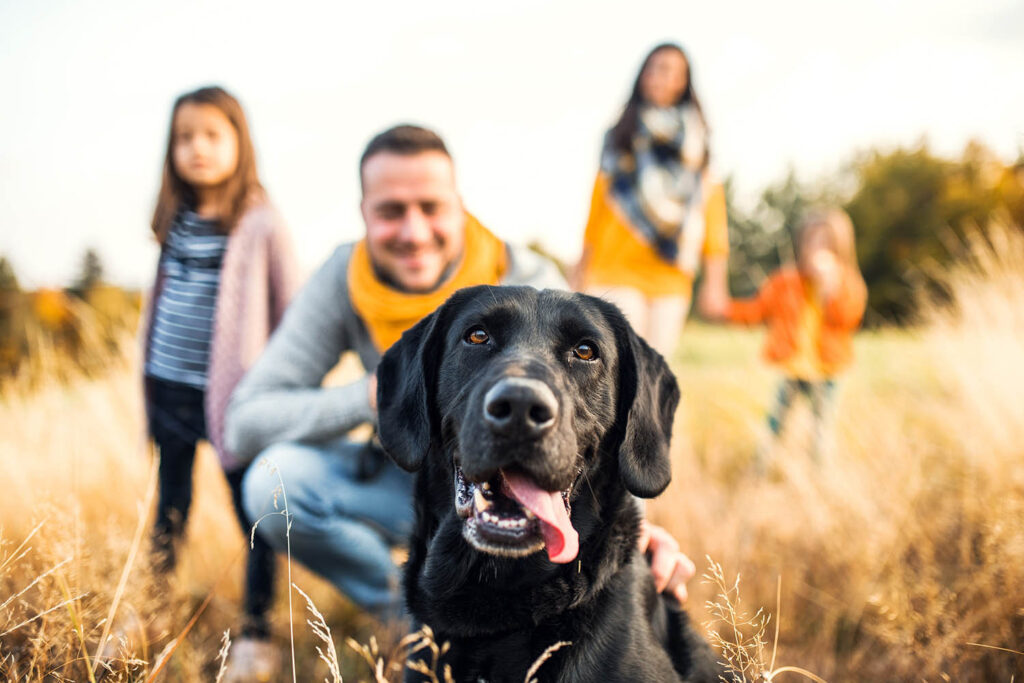Photo by Justin Veenema on Unsplash
Adopting a dog from a shelter or rescuing a dog from your local shelter is a wonderful way to help out a dog in need. It can also be a very exciting process for your entire family. In fact, chances are, from the moment you sign the adoption papers you will want to start showing off your new pet, introducing them to friends and family, taking your new pooch with you everywhere you go and helping him make new doggy friends.
Not so fast.
While this all sounds like the dream scenario for your first few days with your new pup, you should stop and think again. This all can sound fun for a pet owner, but for a dog, all of this activity can be extremely overwhelming. This is where the two-week shutdown comes in.
What is the Two-Week Shut Down?
The two-week shutdown, as the name suggests, is a period of at least two weeks where you help your new dog acclimate to his or her new environment after bringing them home. During this period, you essentially limit your dog’s exposure to anything besides you and your family. This will help your dog understand rules, get to know the family and learn his or her expectations in the home.
This time is so important for both you and your dog. And while it can seem like a time of restrictions, it’s more about you and your dog bonding together. If you fail to take your time, and push your dog too much or too fast, it can result in snaps, behavior issues or even bites. In fact, this is the most common reason that well-intentioned adopters have to rehome new dogs.
Remember, while you may know that you have adopted this dog and he or she is about to be a permanent member of the family, your dog does not know this. You are still a stranger to your dog, and you need to start building this important relationship.
What You Should Do
Photo by Madeline Bowen on Unsplash
So, how exactly do you handle your dog during the shutdown?
The first and most important thing for you to remember is that your dog should be with you at all times in the home, or they should be in their crate. Your dog should never be alone or unsupervised. The easiest way to do this is to grab a leash.
Experts recommend tethering your dog directly to you while he’s in the home. Walk him around in the house on his leash and if you are sitting or stationary, tether your dog directly to your chair. This is the easiest way for you to start bonding with your dog and for your dog to learn about boundaries in the home.
Photo by Eduardo Arcos on Unsplash
Also, by being “attached” to you, your dog will start learning to turn to you for guidance.
You should exercise your dog as well, but don’t start with training quite yet. You can throw a ball in the yard or let your dog play with toys. You dog can run around and explore your fenced in yard, but they shouldn’t do much more than that. Give your dog 20-30 minutes of exercise at a time, and then take your dog to its crate afterward to relax.
When it’s time to crate your dog, crate them in a room by themselves if possible. This will also help show your dog that the crate is a safe space where they can unwind and feel more comfortable. Dogs are very sensory animals and this gives them a truly quiet space to start acclimating. After all, you have no idea what your dog has been through prior to coming to your home.
What You Shouldn’t Do
While you may be tempted to have a big party and introduce everyone you know to your new canine companion—this isn’t the time. You shouldn’t introduce your dog to anyone outside of you and your family during these two weeks. And you shouldn’t take your dog anywhere outside of the home, unless he or she needs to go to the vet.
This means:
- No car rides
- No interactions with other dogs
- No dog parks
- No pet stores
- No grooming appointments
- No walks, unless to go to the bathroom
- No training
- No inviting people over
This sounds like a lot of restrictions, but trust us, it is for your dog’s own benefit. While you may want to be doing all of these things with your dog, your dog may not be ready to go on all of these adventures with you. Don’t worry, they will in time.
Moving Forward After the Two Week Shut Down
Photo by Joseph Pearson on Unsplash
Over the two weeks of the shut-down, you will start to see your dog’s real personality start to come through. Think of these first two weeks with your dog as having a house guest in your home. Of course, they are kind and polite in the beginning, but over time, when they will start to show their true colors. Give it time and your dog’s true self will start to shine.
So, once you’ve finished the two-week shut-down, what’s next? Well, it’s time to slowly start transitioning into “normal” life with your pet. If you feel as though your dog is still a little skittish or unsure, the two-week shut down can go even longer. Many people, particularly those with older shelter dogs, find they need a three-week or four-week shut down.
If you feel like your dog has a solid routine and understanding on your home and your rules, you can start safely and slowly introducing them to other pets in the home. You can also start with walks, training and begin giving your dog a little more freedom around the house.
Learn More About Our Kennels – CLICK HERE
At this point, you can also start getting your dog into his normal routine without so many restrictions. You can also start setting up your dog’s crate, dog house or kennel and having them get used to where their new permanent home will be and the freedom that can come with it.
Here at Horizon Structures, we not only understand how important your dog’s transition is to their new home, but how important it is to make sure they have the right structure to call home once they get there. This is why we specialize in creating comfortable and durable dog runs, kennels and structures that your new canine companion will love.


